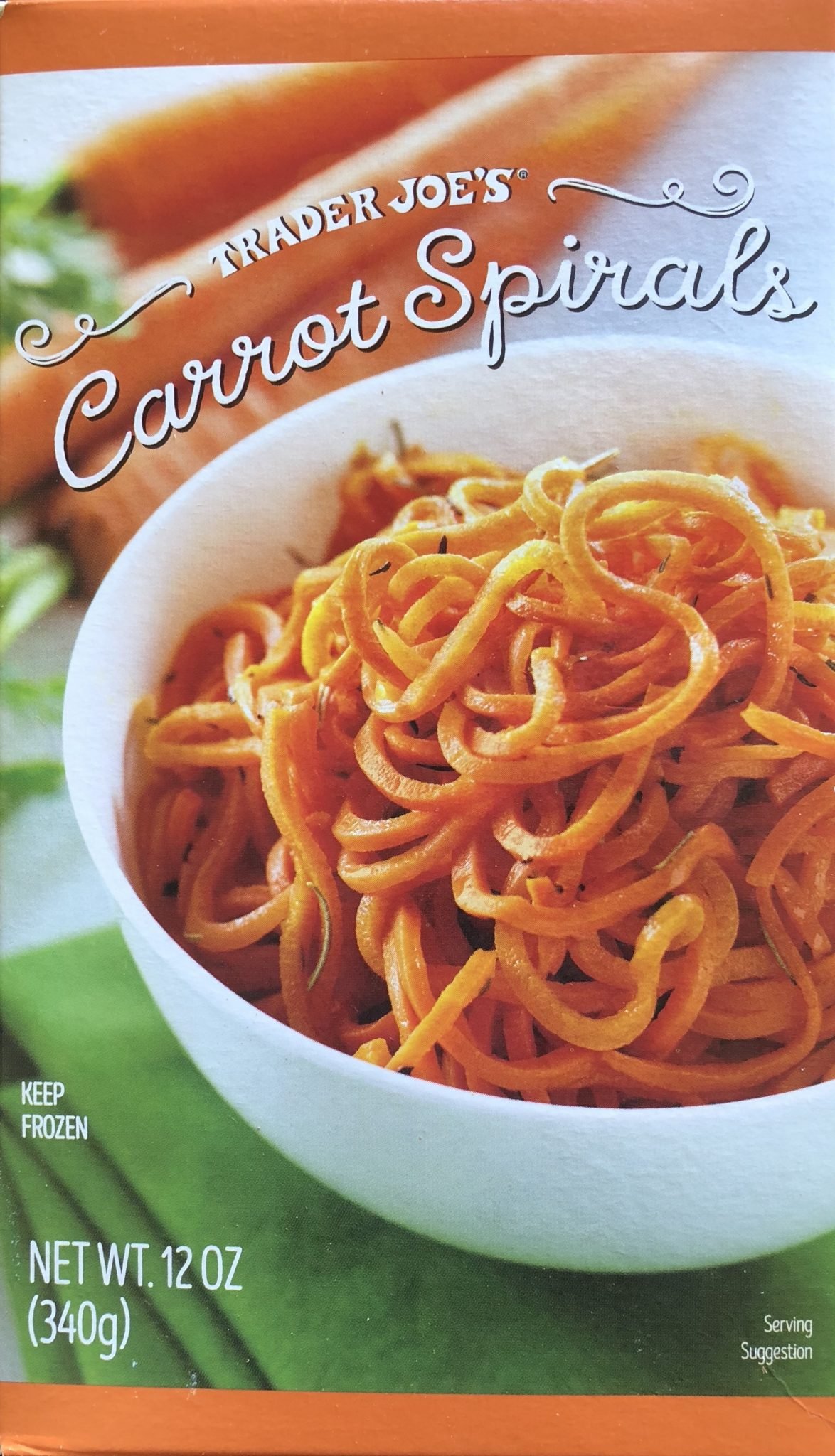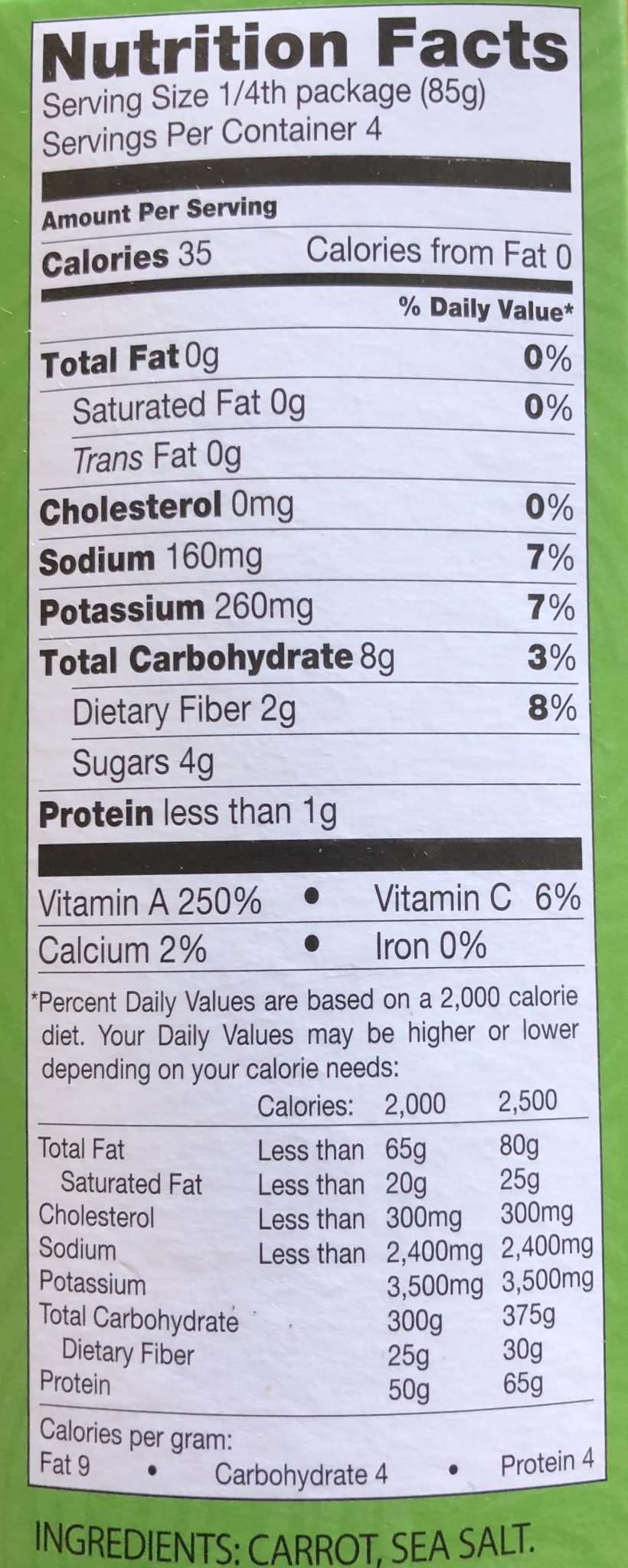Veggie Noodles
Food and Wine Magazine says that one of the best things about veggie noodles is the dazzling names. Coodles are carrot noodles while zucchini noodles are called zoodles.
Chances are that you have seen many veggie noodle options in your grocery store. We have seen them made from carrots, sweet potatoes, zucchini, winter squash, and beets.
Veggie noodles are simply a spiral cut vegetable that looks similar to spaghetti. We have been experimenting with them for some time. The biggest attractions are that you can add fiber, color, flavor, and texture to a pasta entree made with them. And of course the biggest temptation of all for using them is that they are lower in calories than cooked spaghetti.
There are some caveats, though.
- The first one that we have noticed is that the shelf life on the veggie noodles is about 1-2 days for optimal results. So when we buy them we try to use them right away or to freeze them until we are ready to use them. Several times our good intentions turned to mush when we found them a little stale after waiting too long to cook them!
- They are more expensive than purchasing whole vegetables and using a spiralizer. But using the spiralizer is more work and sometimes you are so pressed for time that a convenient, ready-made veggie noodle ensures you will actually use it and make a great veggie-based meal!
- The final caveat is that veggie noodles are so low in calories that if you base a whole pasta meal on them you will get hungry soon afterwards. 1 cup of cooked spaghetti contains about 221 calories while 1 cup of coodles contains about 35 calories. So we have experimented with solving this issue and found that it is really fun to layer the veggie noodles with the real noodles. We hit a happy medium of creating a dish that is low in calories, filling, interesting, full of more veggies, and higher in fiber and phytochemicals by using real pasta and veggie noodles. In fact, this is so delicious and healthful that we are making most of our pasta dishes with a combo of pasta and veggie noodles.
- The great news is that veggie noodles make great veggie side dishes and garnishes. So feel free to start using them this way the day you get home from the store!
Here is our most recent treasure - coodles from Trader Joe's:


It is great to purchase these when they are on sale and freeze them. Then replace half of your pasta with veggie noodles. You will increase your fiber intake, lower your calorie intake, eat more veggies, have more fun, and add more flavor and color to your meals!
1 cup of pasta 221 calories
1 cup of veggie noodles about 35 calories (will vary by type)
Combo: 1/2 cup pasta plus 1 cup of veggie noodles: 145 calories = more food and less calories!
Here is a handout for creating more vegetable-based pasta dishes: Veggie-Noodles
Here is the most amazing collection of fruit and vegetable posters every published. Use the code MYPLATE to get 10% off!
